Introduction
Let’s face it—everyone’s glued to their phones these days, and WhatsApp isn’t just for chatting with friends or sharing cat memes.
It’s quickly become a powerhouse for businesses, and here’s where WhatsApp bulk messaging comes in to save the day. Imagine being able to send personalized updates, offers, and promotions to hundreds (or even thousands) of customers with just a few taps. Sounds like marketing magic, right?
But hold up—this isn’t about blasting out random messages. WhatsApp bulk messaging is your ticket to creating real connections with your audience, at scale. It’s direct, efficient, and when done right, can make your brand stand out in a crowded marketplace.
This guide will show you how to use WhatsApp bulk messaging like a pro—helping you engage customers and grow your business without breaking a sweat.
Ready to turn your messaging game up a notch?
Let’s dive into whatsapp bulk messaging and get started!
Importance of WhatsApp for Marketers and Businesses
Let's dive into why WhatsApp bulk messaging is so essential for marketers and businesses today.
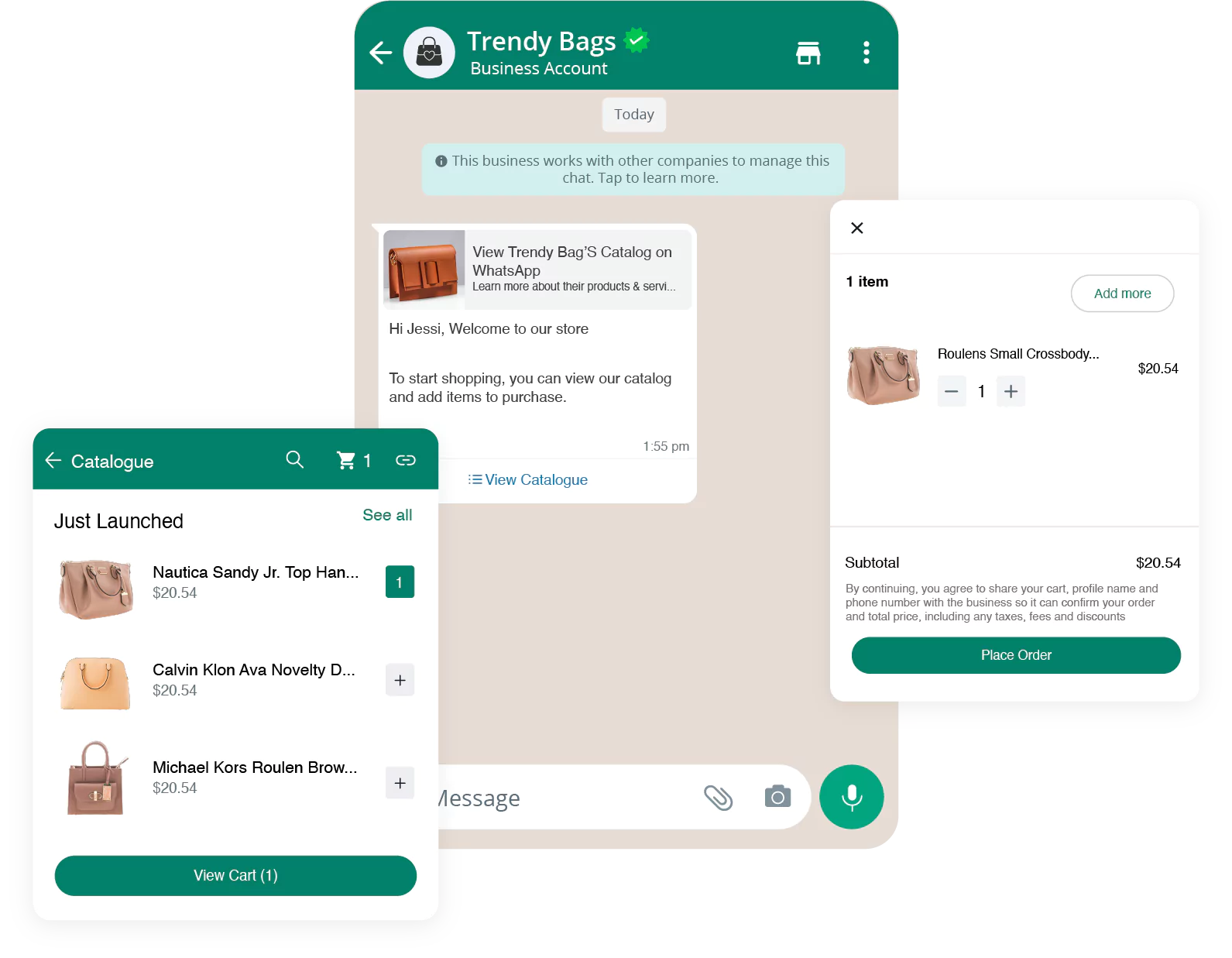
Direct Communication with Customers
WhatsApp allows businesses to communicate directly with their customers.
This means you can send updates, promotions, and support messages right to their phones.
Think about a local bakery using WhatsApp bulk messaging to send daily specials to its customers. This direct line ensures that messages are seen quickly and often acted upon immediately.
High Engagement Rates
Messages on WhatsApp have a much higher open rate compared to emails. When a retail store uses bulk WhatsApp messaging to announce a flash sale, they are likely to see immediate engagement.
Customers are more likely to open and read a WhatsApp message than an email, making it an effective tool for urgent promotions.
Personalization and Customization
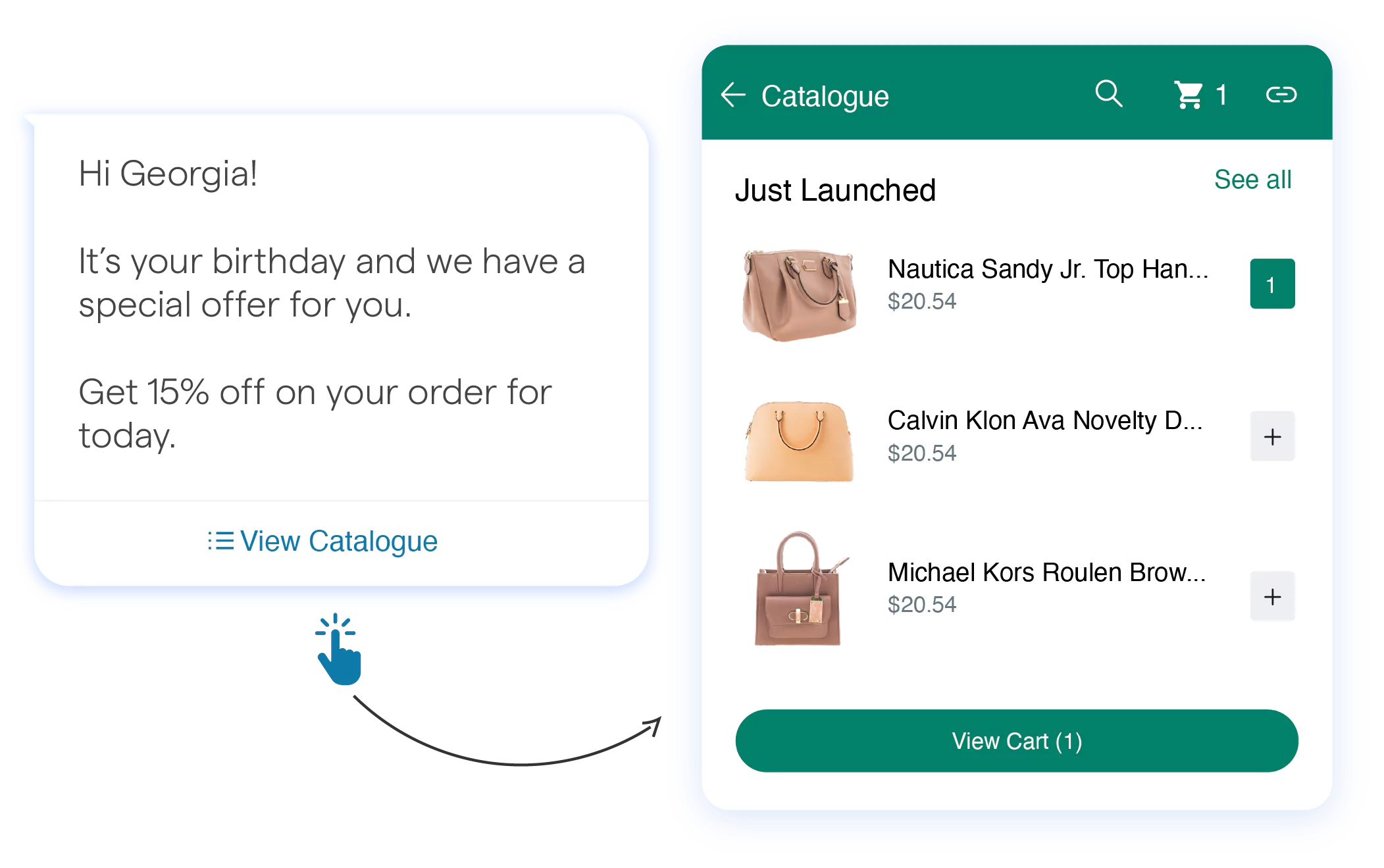
With WhatsApp bulk messaging software, businesses can personalize messages based on customer data.
A travel agency can send personalized holiday packages to clients based on their previous travel history. This level of customization can lead to higher conversion rates and stronger customer relationships.
Cost-Effective Marketing
WhatsApp marketing is cost-effective. Unlike traditional advertising, sending bulk messages doesn't require a large budget.
A startup can use a WhatsApp bulk messaging platform to reach potential customers without breaking the bank. This affordability makes it an attractive option for small businesses and startups.
Improved Customer Support
Using a WhatsApp chatbot, businesses can provide instant customer support. Imagine a customer needing help with a product they purchased.
Instead of waiting on hold, they can chat with a bot on WhatsApp bulk messaging and get immediate assistance. This not only improves customer satisfaction but also reduces the workload on support teams.
Understanding WhatsApp Bulk Messaging
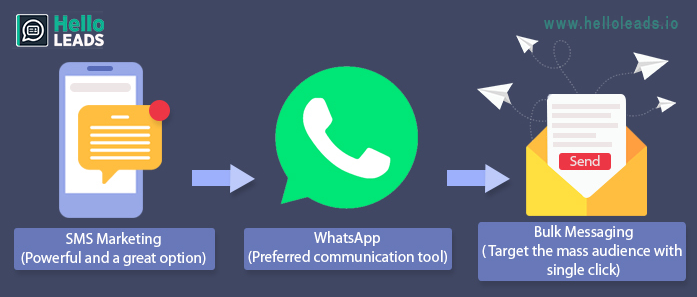
WhatsApp Bulk Messaging refers to the practice of sending messages to a large number of recipients simultaneously using the WhatsApp platform.
Unlike traditional one-on-one chats, bulk messaging allows businesses and marketers to communicate with multiple customers or prospects at once, making it an efficient tool for reaching a broad audience quickly.
This feature is particularly valuable for marketing campaigns, customer notifications, and updates, as it enables businesses to deliver important information directly to their audience’s mobile devices.
Through bulk messaging, companies can send promotional offers, event reminders, product updates, and more, all tailored to engage and inform their target market.
With WhatsApp’s high open and engagement rates, bulk messaging can significantly boost a business’s marketing efforts.
It’s a straightforward yet powerful way to ensure that your messages get seen and acted upon, driving growth and maintaining a strong connection with your audience. Just remember to use it wisely and comply with WhatsApp’s guidelines to avoid coming across as spammy.
WhatsApp bulk messaging enables businesses to send messages to multiple contacts simultaneously. This process is straightforward and involves several key steps. Here's a breakdown:
How WhatsApp Bulk Messaging Works
Following are the steps involved in making WhatsApp bulk messaging work:
Step 1
Set Up a WhatsApp Business Account
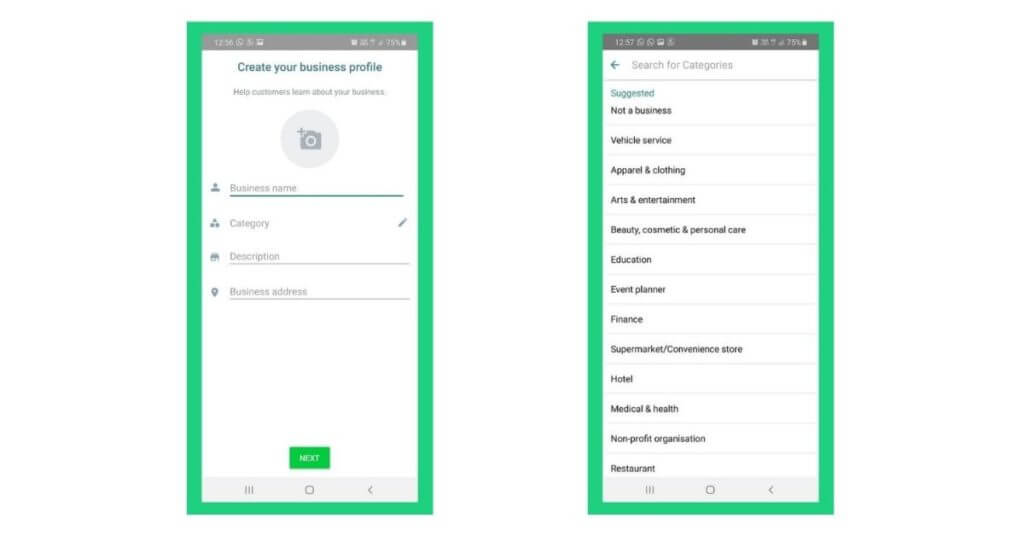
Before diving into bulk messaging, you need to create a WhatsApp Business account.
This account provides business-focused features like automated responses, labels for chat organization, and more. The setup process is simple and free, making it accessible to businesses of any size.
Step 2
Choose the Right WhatsApp Bulk Messaging Software
Next, select a WhatsApp bulk messaging software that suits your business needs. These tools help you manage contacts, schedule messages, and track deliveries.
Popular choices include platforms like BotPenguin, Twilio or RapidAPI. The software you choose will depend on your budget and specific requirements.
Step 3
Import Your Contacts
With the software in place, import your contact list. You can upload contacts manually or integrate them through your CRM system.
For example, a retail store might upload a list of customers who opted into their messaging service. Make sure your list is segmented and up-to-date for more targeted campaigns.
Step 4
Craft Your Message
Now, it’s time to create your message. You can send text, images, videos, or documents. Personalizing your messages (e.g., using customers’ first names) helps increase engagement.
For instance, an e-commerce store could send personalized promotions based on customer preferences.
Step 5
Schedule the Message
Once the message is ready, schedule it to go out at an optimal time. The scheduling feature allows you to reach your audience when they’re most likely to be active.
For instance, a travel agency might send promotional messages in the evening when potential customers are browsing their phones.
Step 6
Send the Message
After scheduling, the WhatsApp bulk messaging software takes care of sending the messages in bulk. It ensures timely delivery to your audience, enabling you to reach thousands of contacts at once.
Suggested Reading:
The Top 5 WhatsApp Bulk Messaging Providers
Step 7
Track and Analyze Results
Post-delivery, track and analyze your campaign’s performance. Most WhatsApp bulk messaging tools provide analytics, such as open rates, click-through rates, and responses.
These insights help refine future campaigns for better engagement and results.
Step 8
Handle Responses Efficiently
Bulk messaging isn’t just about sending; it’s also about handling responses. Use chatbots to automate responses to common customer inquiries.
For example, a restaurant could use a chatbot to confirm reservations or answer questions about the menu, freeing up time for your team.
Step 9
Segment Your Audience
To maximize your success, segment your audience. Tailoring your messages to specific groups improves engagement and conversion rates.
In this step, you can explore strategies and tools that help you effectively divide your audience based on interests, demographics, or behavior.
Segmenting Your Audience
Segmenting your audience is crucial because it allows you to tailor your bulk messages to specific groups, making your communication more relevant and engaging.
By dividing your audience based on factors like demographics, interests, or past interactions, you can craft personalized messages that resonate better and drive higher engagement.
This targeted approach not only boosts the effectiveness of your campaigns but also helps build stronger customer relationships.
How to Segment Your Audience
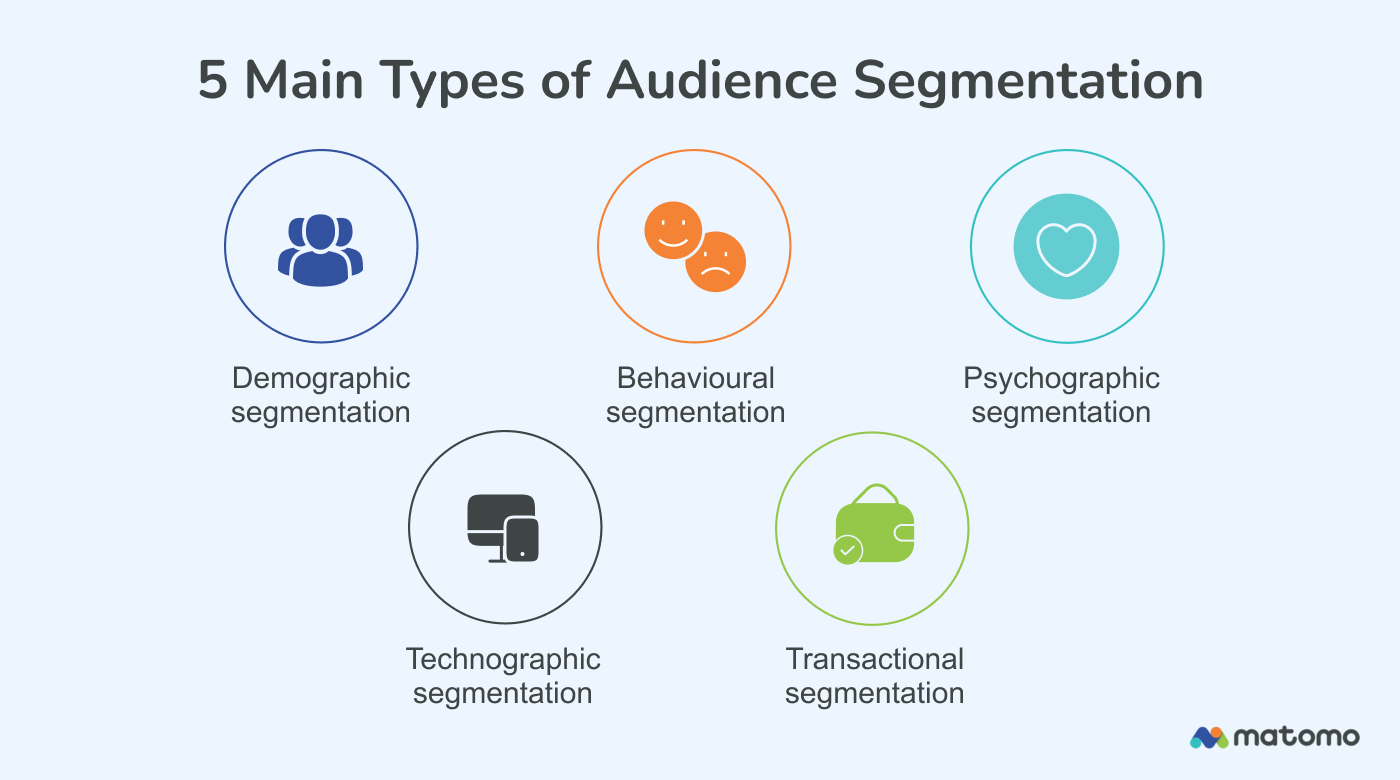
Following are the different possible segments you can explore for WhatsApp bulk messaging:
Demographics: Segment your audience based on age, gender, location, and occupation. For instance, a fitness center can send tailored workout plans to different age groups using WhatsApp bulk messaging.
This ensures that the content is relevant and engaging for each demographic.
Behavioral Data: Use past behavior to segment your audience. This includes purchase history, website activity, and engagement with previous messages.
A fashion retailer might notice that a group of customers frequently buys during sales. They can target this segment with exclusive early access to upcoming sales via WhatsApp bulk messaging.
Interests and Preference: Collect data on your customers' interests and preferences to create more personalized messages.
A travel agency can use WhatsApp bulk messaging software to send adventure travel packages to customers who have shown interest in adventure sports.
Purchase History: Segmenting based on purchase history allows for personalized marketing. A bookstore can send recommendations based on past purchases.
Using a WhatsApp bulk messaging platform, they can suggest new releases similar to books the customer has previously bought.
Engagement Level: Identify and segment customers based on their engagement levels. A SaaS company might target highly engaged users with premium features and less active users with onboarding tutorials.
Using a chatbot for WhatsApp can automate this process, ensuring timely and relevant communication.
Tools and Strategies for Effective Segmentation

Effective segmentation relies on using the right tools and strategies to gather and analyze customer data.
Tools like CRM systems and analytics platforms can help you segment your audience based on detailed criteria such as purchase history, behaviour patterns, and preferences.
Strategies such as creating customer personas and using dynamic lists can further refine your targeting.
Customer Relationship Management (CRM) Systems: Integrate your WhatsApp bulk messaging platform with a CRM system to manage and segment your contacts.
A CRM can help track customer interactions and automate segmentation based on predefined criteria. For example, Salesforce or HubSpot can seamlessly integrate with WhatsApp bulk messaging software to streamline the process.
Data Analytics Tools: Use data analytics tools to gain insights into customer behavior. Google Analytics can provide detailed reports on website activity, helping you segment based on user behavior.
A retail store might use these insights to create segments for frequent shoppers versus occasional buyers.
Survey and Feedback Tools: Collect direct feedback from your audience using surveys. Tools like SurveyMonkey or Google Forms can help gather valuable information about customer preferences.
An e-commerce platform might use this data to segment customers who prefer email over WhatsApp bulk messaging.
Marketing Automation Platforms: Marketing automation platforms like Mailchimp or ActiveCampaign can integrate with WhatsApp bulk messaging software to automate the segmentation process.
These platforms allow you to set triggers and actions, ensuring that customers receive messages based on their behaviour and preferences.
Custom Audiences on Social Media: Utilize custom audience features on social media platforms. Facebook and Instagram allow you to create custom audiences based on user data.
A beauty brand might use this feature to segment customers who have interacted with their posts and target them with WhatsApp bulk messaging campaigns.
WhatsApp Business API: The WhatsApp Business API allows for advanced segmentation and automation. Businesses can use the API to integrate WhatsApp bulk messaging with their existing systems.
This enables real-time segmentation and personalized messaging at scale. For example, a subscription service can automatically send renewal reminders to customers approaching their subscription end date.
A/B Testing: Use A/B testing to refine your segmentation strategy. Send different messages to segments and analyze which performs better.
This helps in understanding what resonates most with each group. A food delivery service might test different promotional messages to see which generates more orders.
Engagement Tracking: Track engagement metrics to refine your segments continuously. Tools like Zoho CRM or Intercom can help track customer interactions across multiple channels. A tech company might use this data to target users who frequently use their app with new feature updates via WhatsApp bulk messaging.
When using WhatsApp bulk messaging, businesses often face challenges that can hinder their marketing efforts.
Addressing these challenges effectively is crucial for maximizing the potential of your campaigns. In this section, we'll explore common issues and provide solutions to overcome them.
Best Practices and Tips for Exploring WhatsApp Bulk Messaging
In the digital age, WhatsApp has become a powerful platform for businesses to connect with customers.
Leveraging WhatsApp bulk messaging effectively can significantly enhance your marketing efforts, but to truly reap the benefits, you must follow some best practices.
Understand and Comply with WhatsApp Policies
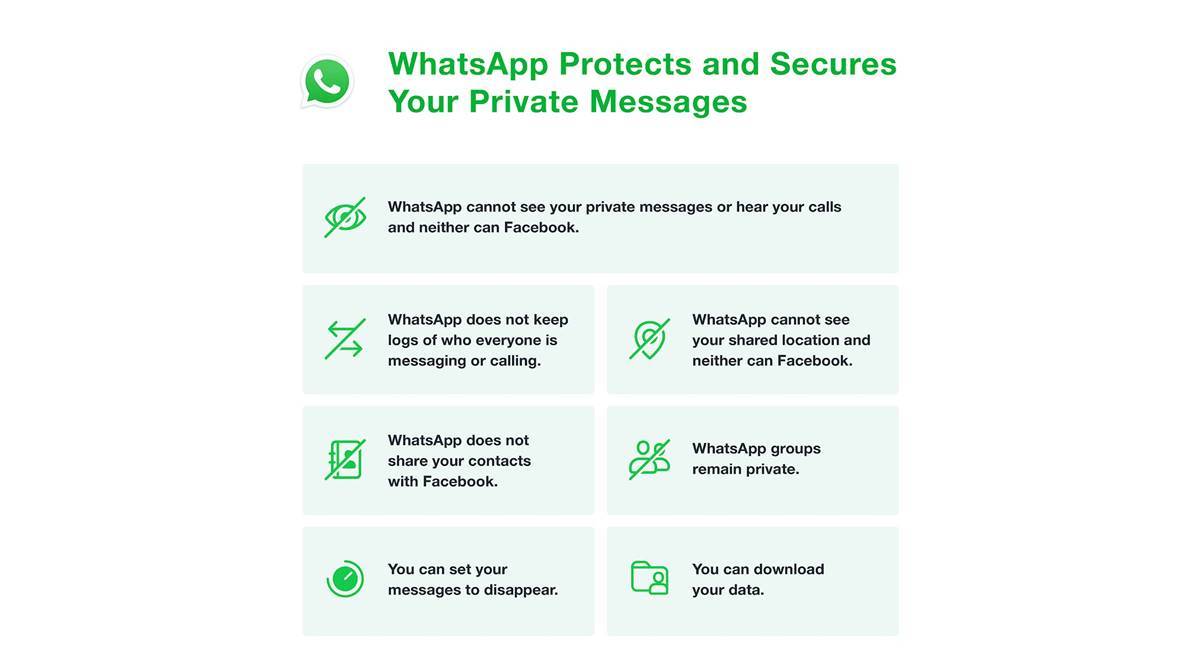
Before diving into bulk messaging, it’s crucial to understand and adhere to WhatsApp’s policies to avoid being flagged as spam.
WhatsApp has strict guidelines to protect users from unwanted messages, so make sure your messages are opt-in, relevant, and respectful.
For example, in 2019, Starbucks used WhatsApp for a targeted campaign in India. They ensured compliance by allowing customers to opt-in for notifications about new offers, providing they adhered to WhatsApp’s guidelines and avoided spam complaints.
Segment Your Audience
Effective segmentation is key to sending relevant and personalized messages. By dividing your audience into segments based on criteria like demographics, purchasing behavior, and engagement levels, you can tailor your messages to resonate with each group.
For instance, an e-commerce business might segment customers into categories such as frequent buyers, new customers, and those who have abandoned their carts.
A real-world example is the fashion retailer Zara, which uses segmentation to send personalized style recommendations and promotions to different customer groups based on their previous purchases and browsing history.
Craft Personalized Messages
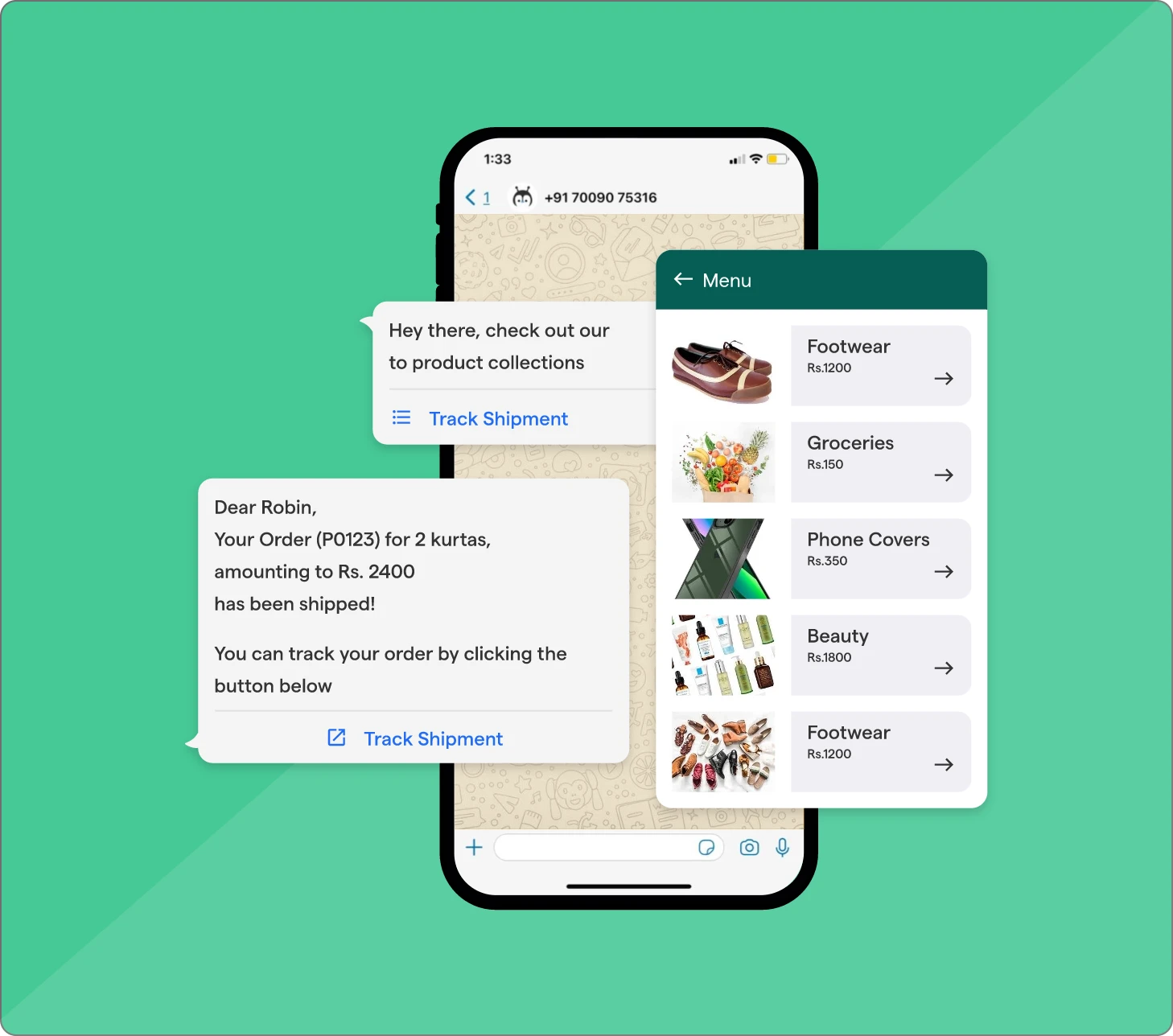
Personalization goes beyond using a customer’s name; it involves tailoring content to meet the specific needs and interests of each segment.
Use data insights to create messages that address the individual preferences and behaviors of your audience. For example, if a customer frequently buys sportswear, send them updates about new arrivals or special offers in that category.
Nike exemplifies this approach by sending tailored notifications to customers about new releases and personalized discounts based on their past purchases and browsing history.
Timing and Frequency
Timing is crucial for effective bulk messaging. Ensure your messages are sent at times when your audience is most likely to engage. Avoid bombarding users with too many messages, which can lead to opt-outs.
For instance, a restaurant chain might send a lunchtime special offer message shortly before noon when customers are thinking about where to eat.
Conversely, sending a late-night message could be intrusive. A real-world example is Domino’s Pizza, which uses bulk messaging to send out time-sensitive promotions and order reminders, carefully timing these messages to align with customer behavior patterns.
Provide Value and Clear Calls to Action
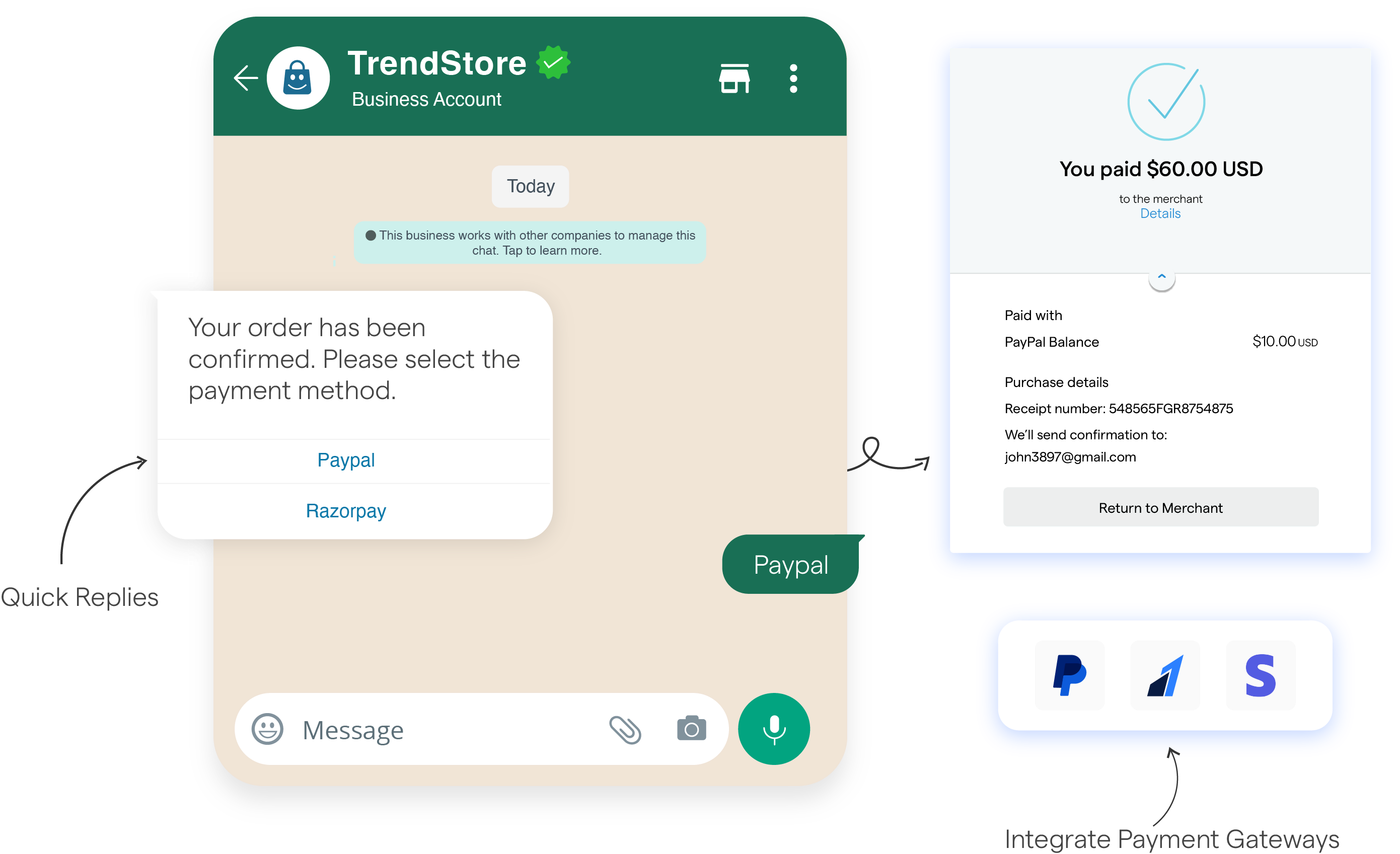
Your messages should offer real value to the recipients, whether it's exclusive offers, valuable information, or useful updates.
Include clear calls to action (CTAs) to guide recipients on what to do next, such as “Shop Now,” “Book Your Table,” or “Learn More.”
For example, travel companies like Expedia use WhatsApp bulk messaging to offer exclusive travel deals and last-minute offers, with clear CTAs prompting users to click through and book their vacations.
Monitor and Optimize

Regularly monitor the performance of your bulk messaging campaigns to understand what’s working and what needs improvement.
Track metrics such as open rates, click-through rates, and conversion rates. Use this data to refine your approach, test different strategies, and optimize future campaigns.
A notable example is the online retailer ASOS, which uses data analytics to track engagement and adjust its messaging strategies to improve customer response and satisfaction.
Suggested Reading:
WhatsApp Broadcast vs WhatsApp Bulk Messaging
Ensure Customer Support
Integrate customer support into your bulk messaging strategy. Offer recipients a way to easily respond to queries or seek assistance, enhancing their overall experience.
For instance, a telecom company might send bulk messages about new plans while providing a simple way for customers to reply with questions or requests for more details.
Common Challenges and How to Overcome Them
This section will discuss some common issues faced by WhatsApp bulk messaging along with solutions to overcome them.
Technical Issues and Solutions
Technical issues can disrupt your WhatsApp bulk messaging campaigns. Here are some common problems and their solutions:
Message Delivery Failures: Sometimes messages fail to be delivered due to network issues or incorrect contact information. Ensure that your contact list is up-to-date and accurate. Use WhatsApp bulk messaging software to validate numbers before sending.
A restaurant might face delivery failures during a promotional campaign, but by cleaning their contact list, they can avoid this issue.
Integration Problems: Integrating WhatsApp bulk messaging platform with existing CRM or marketing tools can be challenging. Use tools that offer seamless integration and provide customer support.
A retail business might struggle with integration issues, but choosing a platform like Twilio that offers robust support can resolve these problems quickly.
API Restrictions: The WhatsApp Business API has usage restrictions that can limit the number of messages sent per day. Plan your messaging strategy accordingly and spread out your campaigns.
A travel agency can manage API limits by scheduling messages over a week rather than all at once, ensuring compliance and consistent communication.
System Downtime: System downtimes can interrupt your messaging campaigns. Have a backup plan in place, such as an alternative WhatsApp bulk messaging platform.
A tech company might experience downtime during a product launch, but with a backup system, they can continue their campaign without significant disruption.
Spam Filters: Messages can get flagged as spam if not crafted properly. Ensure your content is relevant and follows WhatsApp guidelines. A financial service provider can avoid spam filters by sending valuable information and offers tailored to their audience's needs.
Conclusion
And there you have it—your ultimate guide to mastering WhatsApp Bulk Messaging and turning it into your marketing magic wand!
With the right blend of strategy, personalization, and a sprinkle of compliance, you’re now equipped to send messages that not only get opened but also get results.
Whether you're aiming to dazzle your audience with tailored offers or keep them in the loop with exciting updates, WhatsApp bulk messaging is your secret weapon. Just remember, it’s all about striking the perfect balance between reaching out and respecting your audience’s space.
In navigating the complexities of WhatsApp bulk messaging, it's clear that overcoming technical challenges and boosting engagement are crucial for success. Effective segmentation and the right strategies can transform your communication, leading to better customer relationships and business growth.
With these tips in your toolkit, you’re not just messaging—you’re making waves and driving growth. Here’s to making every message count and turning your WhatsApp into a powerhouse of customer engagement! Cheers to your new marketing superpower!
Imagine having an AI-powered assistant that makes this process seamless. That's where BotPenguin comes in. As an AI chatbot, BotPenguin integrates effortlessly with WhatsApp, ensuring your messages reach the right audience at the right time.
Don't miss out on the AI revolution—simplify your messaging strategy, enhance engagement, and see real results.
With BotPenguin, leap and experience the benefits of smarter, more efficient communication.
Frequently Asked Questions (FAQs)
How can WhatsApp bulk messaging benefit my business?
It improves customer engagement, allows personalized communication, and provides a cost-effective way to reach a large audience, ultimately driving higher conversion rates.
Is WhatsApp bulk messaging legal?
Yes, as long as you comply with WhatsApp's policies and privacy laws, such as obtaining consent from recipients before sending messages.
What tools are available for WhatsApp bulk messaging?
Tools like Twilio, RapidAPI, and BotPenguin offer features for managing contacts, scheduling messages, and tracking delivery and engagement.
How do I segment my audience for WhatsApp bulk messaging?
Use criteria like demographics, behaviour, interests, and engagement levels to create targeted segments, ensuring more relevant and effective communication.
Can I use a chatbot with WhatsApp bulk messaging?
Yes, integrating a chatbot like BotPenguin can automate responses, manage customer inquiries, and enhance the overall efficiency of your messaging campaigns.

